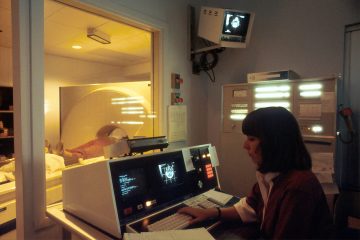Avoid Security Issues by Air Gapping Legacy Systems
Published by Neil on
When dealing with legacy computer systems, one of the first recommendations for improving security is to "air gap" them. Completely isolating the system from external networks, including the internet. This strategy can dramatically reduce the attack surface, but it’s not a silver bullet. Air gapping creates its own set of risks that need to be actively managed if the system is to remain reliable and secure.

What is Air Gapping?
Air gapping means keeping a computer system completely offline, with no direct or indirect connection to other networks. For many organizations, this is a practical way of protecting mission-critical legacy systems that cannot be patched, upgraded, or replaced due to compatibility requirements.
Why Air Gapping Legacy Systems Works
- Reduced Attack Surface: Without network access, threats like ransomware, phishing, and remote exploits cannot directly reach the system.
Compliance Benefits: Air gapped systems often meet regulatory or audit requirements for isolation.
Operational Continuity: Protects older software and hardware from exposure to vulnerabilities in the modern internet.
The Hidden Risks of Air Gapping
While air gapping reduces exposure, it introduces new challenges that cannot be ignored:
Data Transfer Risks, the most common attack vector in air gapped environments is physical media (USB sticks, CDs, portable drives). If unmanaged, they can introduce malware into the environment.
Human Factor, operators, engineers, or contractors with direct access may unknowingly (or deliberately) compromise the system.
Tampering, how do you ensure the environment remains free from tamper? Physical security controls, monitoring, and regular auditing are essential.
Update and Maintenance Challenges, patches and software updates become difficult or impossible, meaning the system must rely heavily on process controls.
Best Practices for Managing an Air Gapped Legacy System
Strict Access Control: Limit who can physically interact with the system and log all activity.
Controlled Media Use: Scan and whitelist all external devices before use.
Regular Integrity Checks: Perform audits to confirm the system has not been modified or compromised.
Physical Security: Ensure the environment itself is secure—locked rooms, CCTV monitoring, and tamper-evident seals.
Documented Procedures: Clear policies for updates, backups, and maintenance to avoid shortcuts that introduce risks.
Air gapping can be an effective way to protect legacy systems from network-based threats, but it’s not a set-and-forget solution. Organizations must proactively manage the risks of tampering, data transfer, and operational integrity. If you’re considering air gapping your legacy system, treat it as part of a wider risk management strategy, not the only solution.
If you’d like to discuss your legacy systems and explore how to keep them secure and reliable, our team can help.


